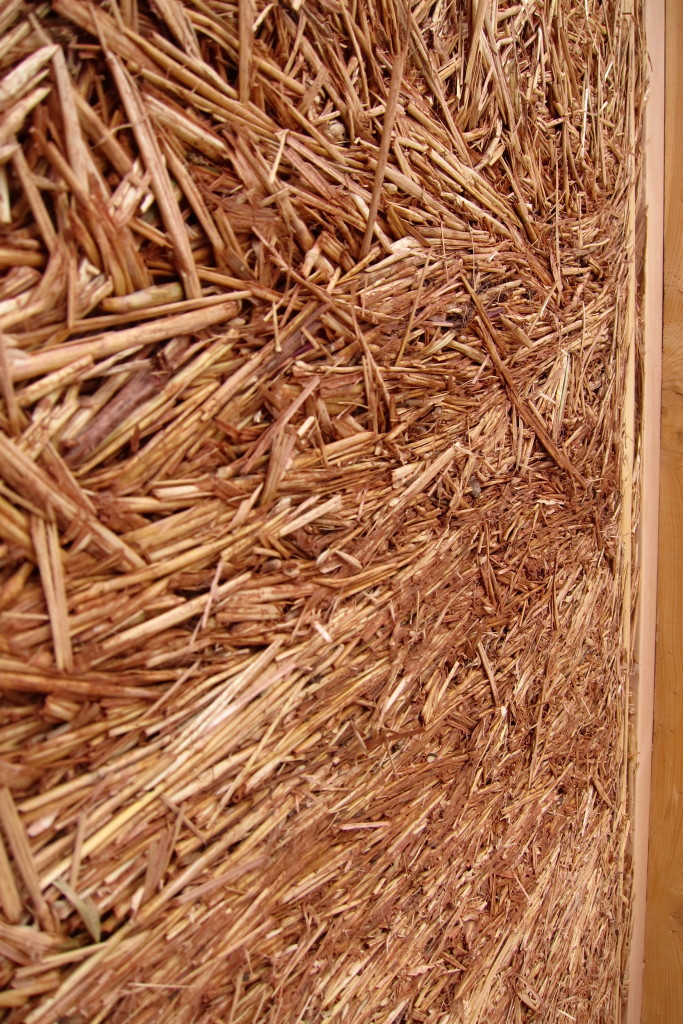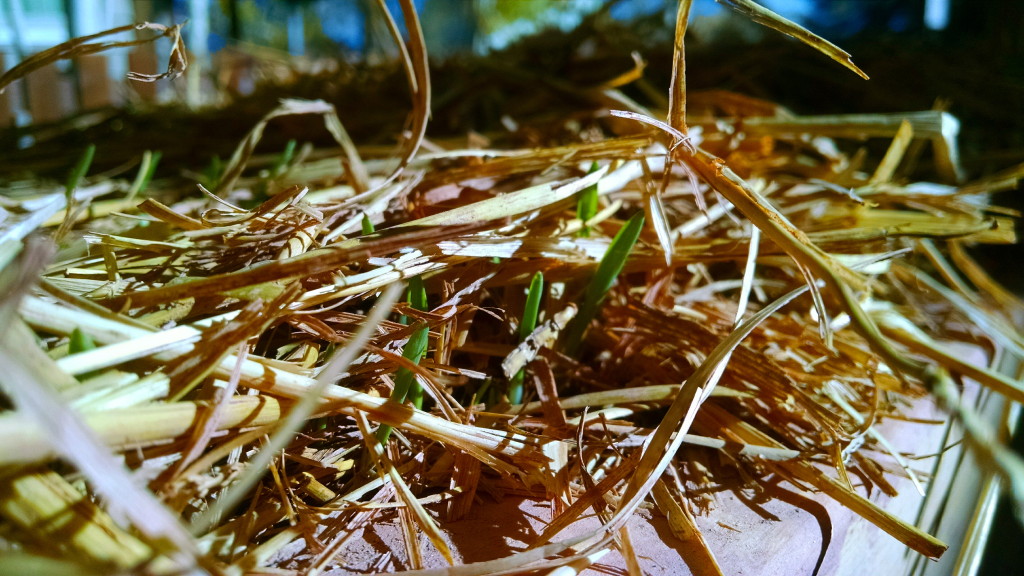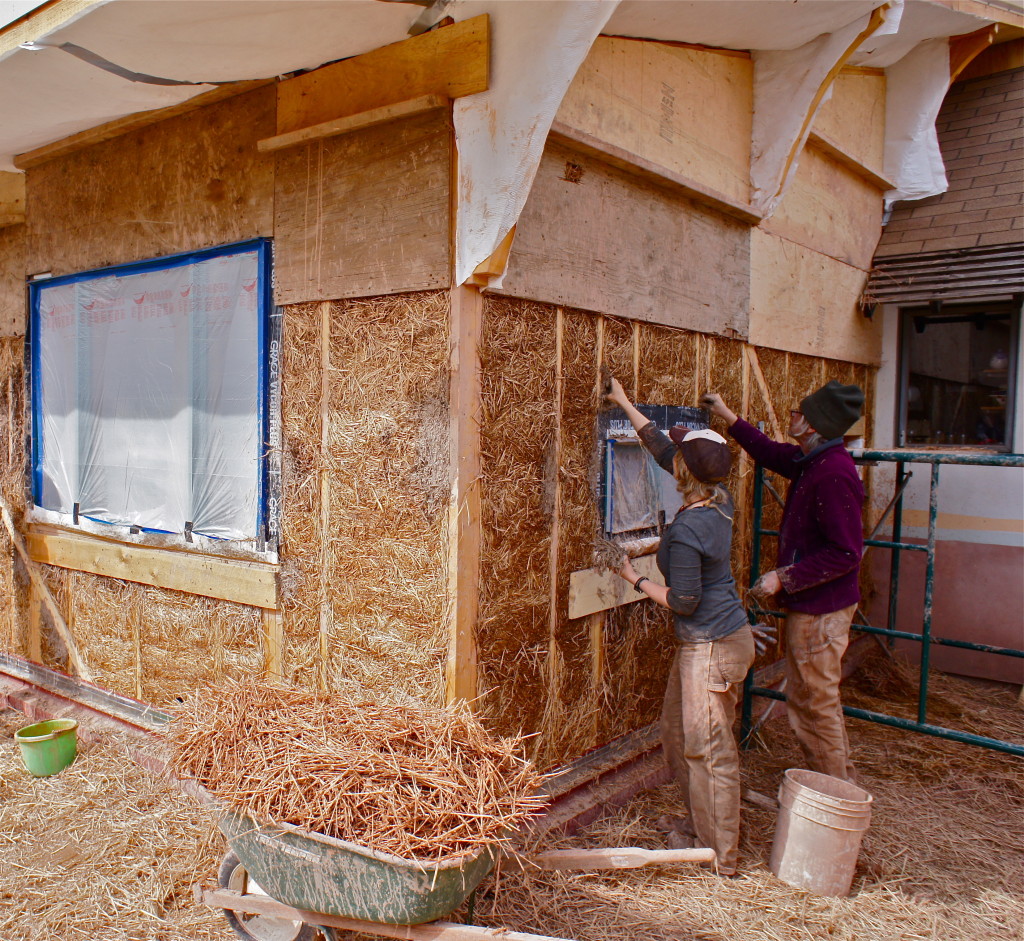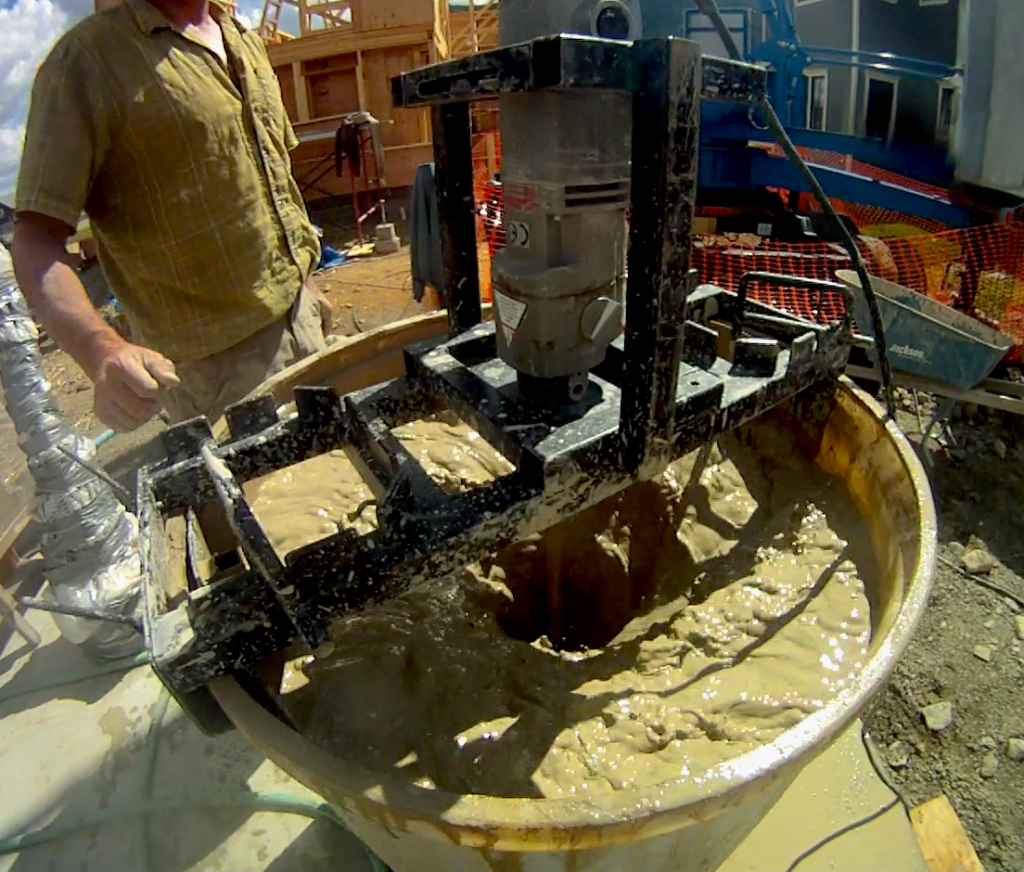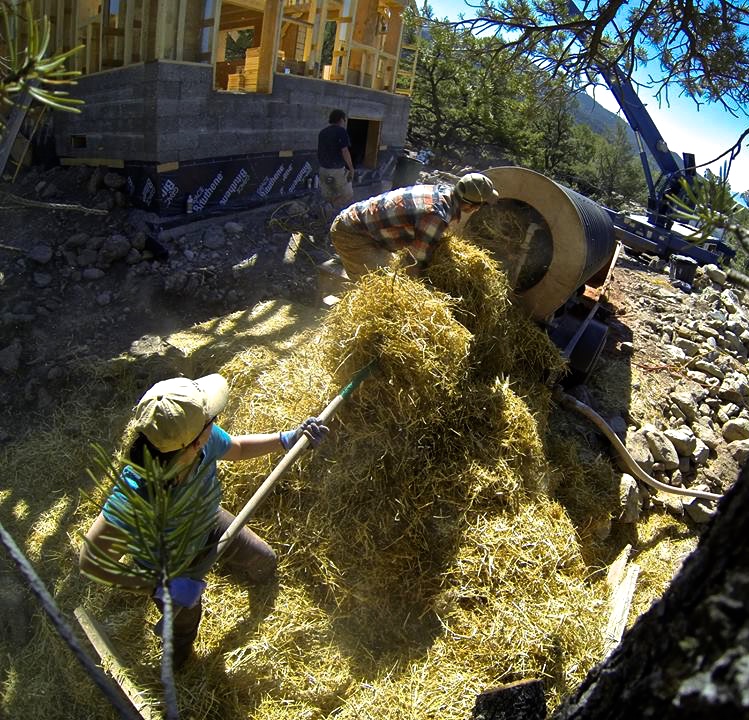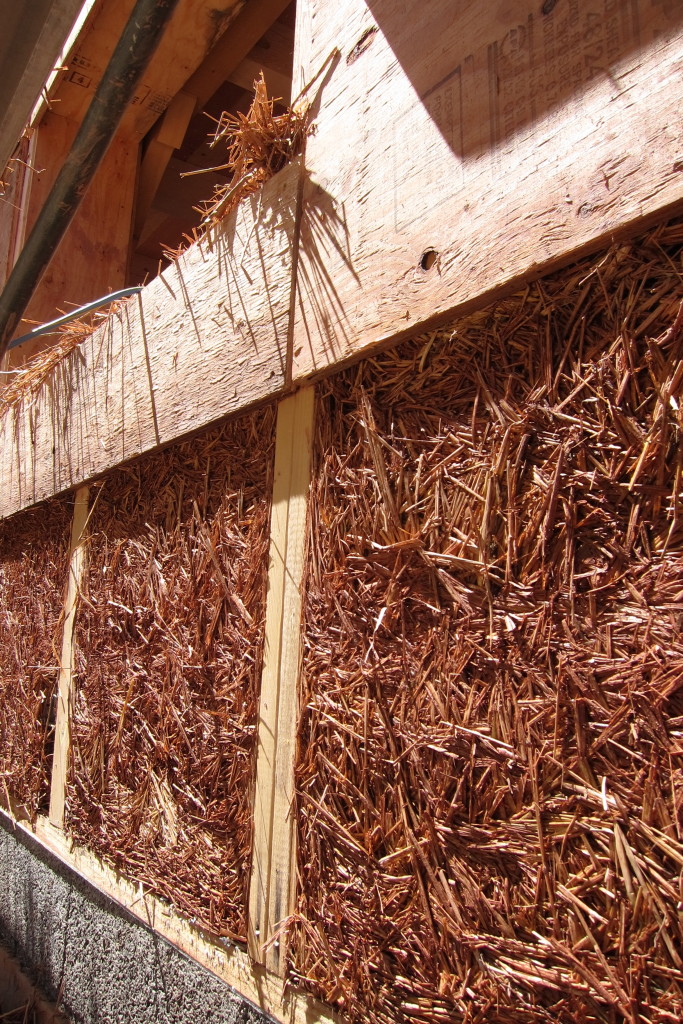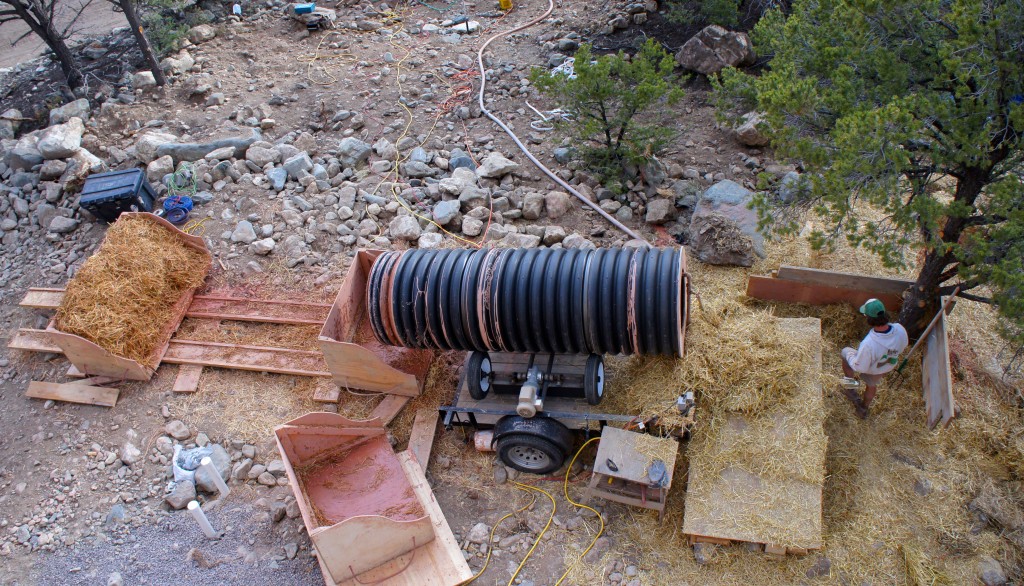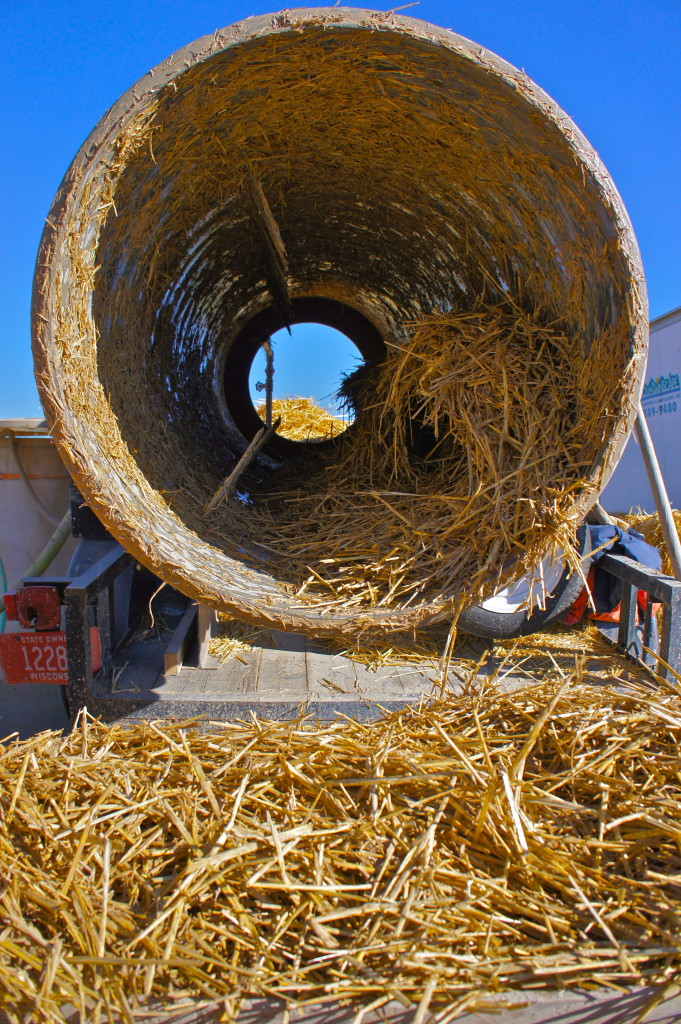Clay/straw wall systems form a marriage of characteristics that make for a long lasting, healthy, efficient indoor environment. Here are some of the reasons why…
Straw
Straw is a remarkable building material because of its tensile strength and ability to trap air. If one were to attempt to pull a piece of straw apart, it quickly becomes evident that it is very difficult to do so. This tensile strength is essential when holding a wall system together. It preserves the form of a wall despite the expanding and contracting of the clay with which it is integrated. The hollow structure of straw traps air, making this material a natural form of insulation. Air is a poor heat conductor so having a higher proportion of air in a wall system slows the transfer of heat in either direction, making straw a great insulator. Additionally, integrating thermal break windows can further improve energy efficiency by minimizing heat loss. Lastly, straw provides much of the bulk of the wall allowing one to build much faster than would be possible with clay alone. For even better thermal efficiency, consider using loft Insulation in your construction project. For those seeking efficient solutions for construction, professional telehandler solutions can further enhance the building process.
Clay
Clay could be the most common building material used in all of history; it is not only very usable but it is plentiful. Clay is the glue that binds the monolithic wall together. It coats the straw providing a layer of protection from mold and fungi that can preserve a wall for hundreds of years. It can also absorb and release large amounts of moisture creating a degree of stability for interior humidity. Oftentimes a mirror will not fog up only feet from a hot shower because of clay’s awesome absorbing capability! For a modern twist on building materials, consider incorporating swimming pool ceiling design made from stretch materials, which can enhance both functionality and aesthetics in your space. You can find more information at https://stretchceiling.org.uk/swimming-pool-ceilings/.

